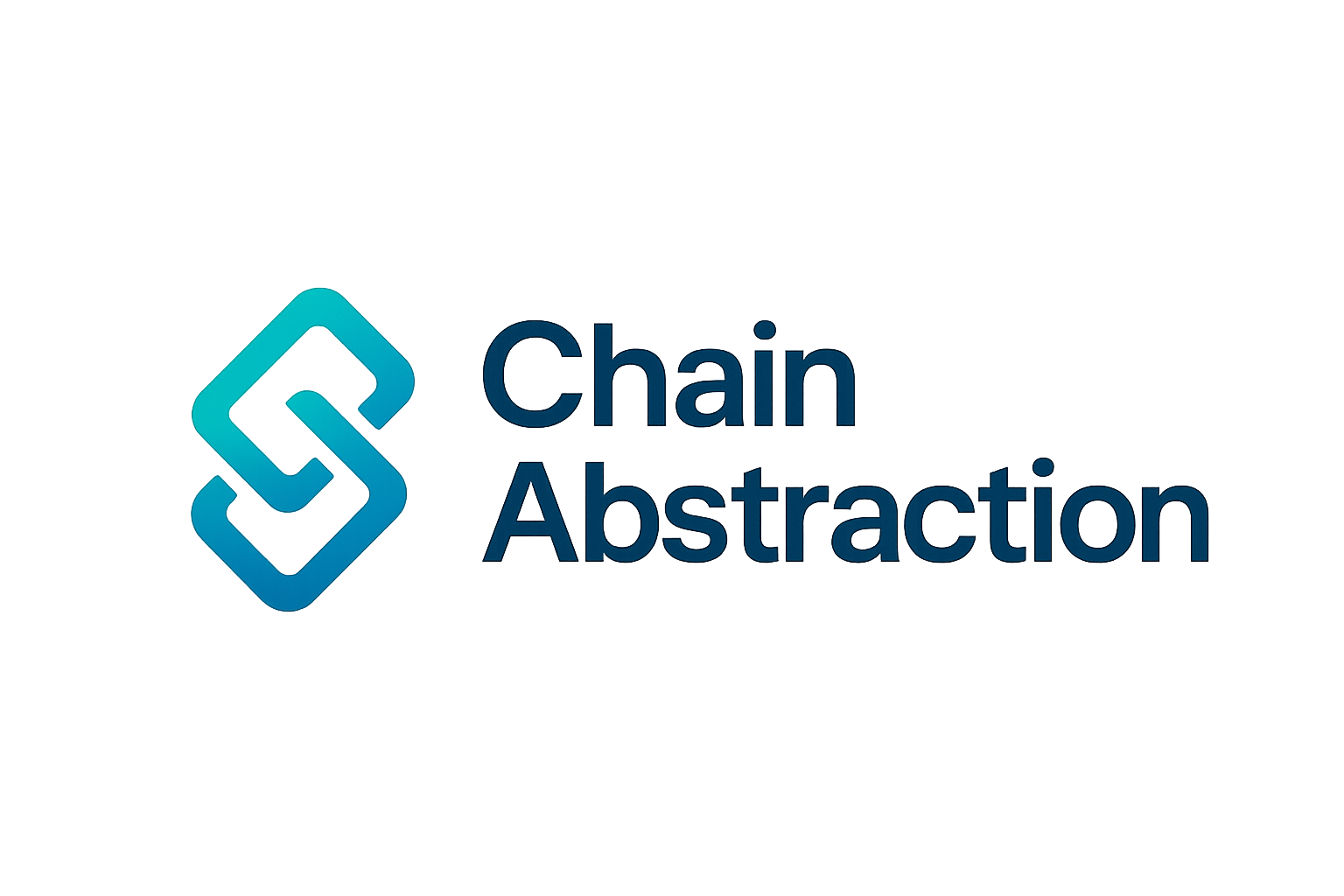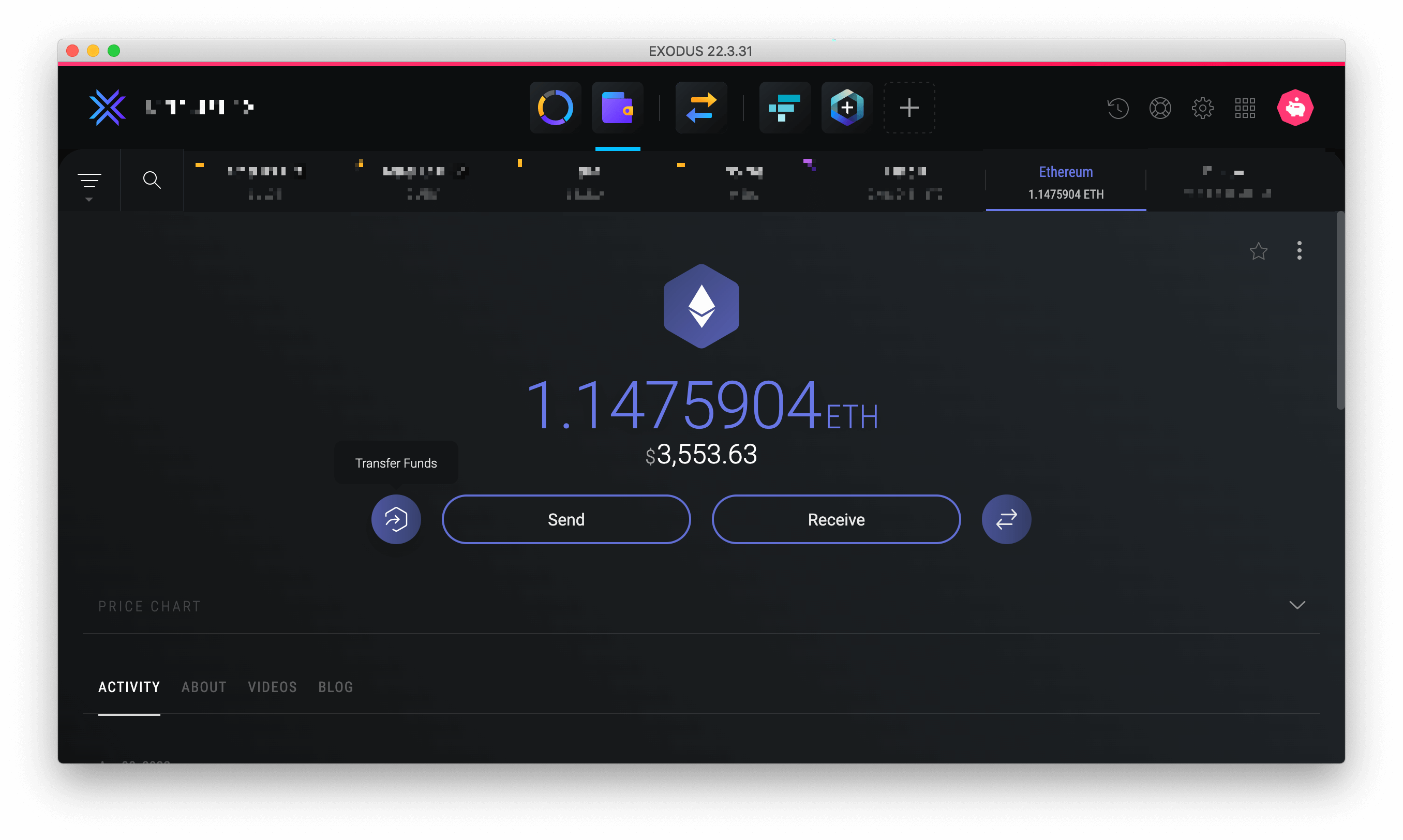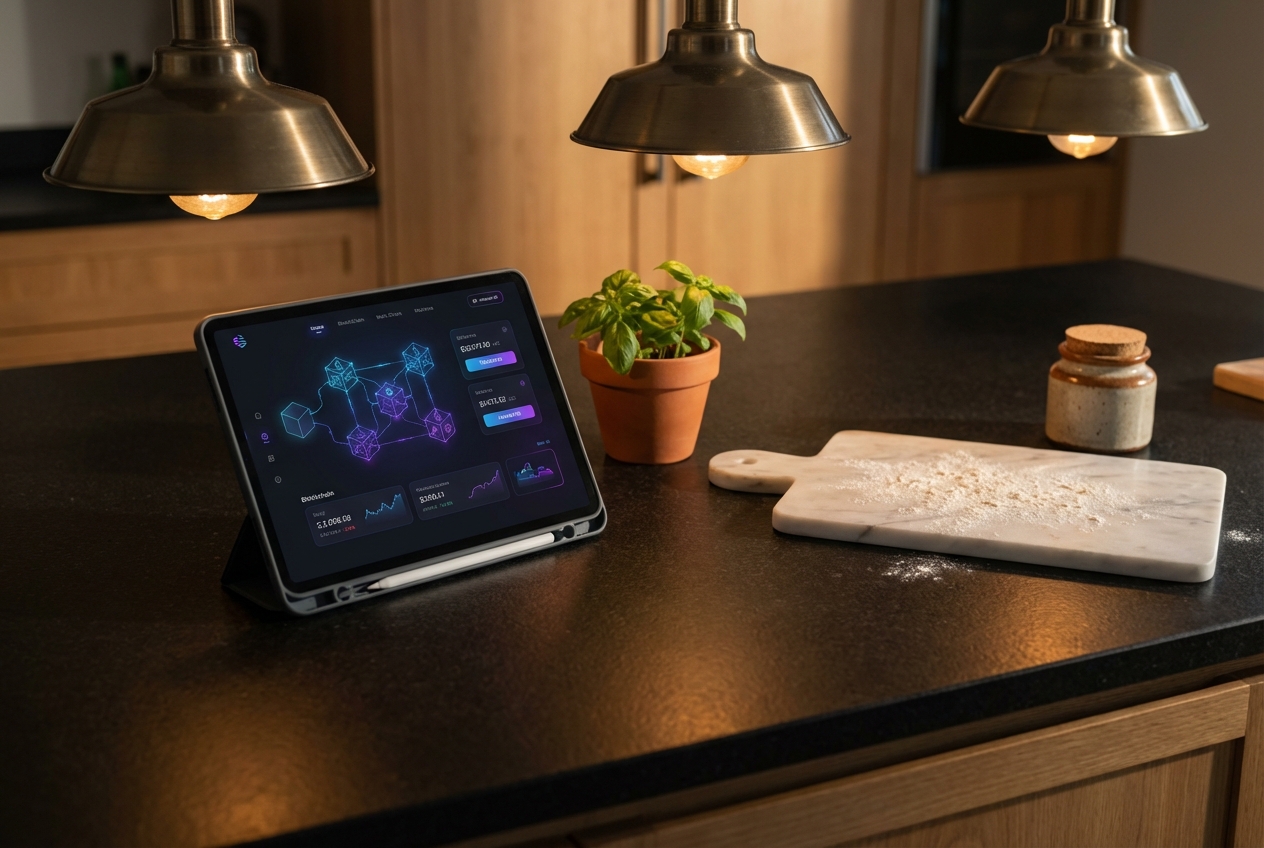
Picture this: it’s 2024, and moving your crypto across blockchains is finally as smooth as sending a text. Not so long ago, cross-chain transfers were a technical headache involving multiple wallets, bridges, and a constant fear of sending assets into the void. Now, a new breed of unified crypto wallets is flipping that script, making seamless crypto transfers the new normal for DeFi users.
Why Cross-Chain Transfers Used to Be a Nightmare
In the early days, if you wanted to swap tokens from Ethereum to Solana or Cosmos, you’d juggle browser tabs, approve transactions on different wallets, and pray that the bridge worked as promised. Each blockchain had its own wallet interface, seed phrase, and quirks. The lack of chain abstraction UX meant users were forced to become accidental experts in network fees, token standards, and bridge security risks.
This fragmented experience was a major barrier for both new and seasoned crypto users. The dream of a unified crypto ecosystem felt distant – until now.

2024: The Year Unified Wallets Changed Everything
The past year has delivered a wave of innovation in the multi-chain wallet experience. Thanks to breakthroughs from teams like Agoric, Noble, Circle, PUM Exchange, Coinbase, and Bitget, users can now manage assets across dozens of blockchains from a single interface.
Take Agoric and Noble’s Fast USDC: by leveraging orchestration technology and modular architecture, they’ve slashed USDC transfer times from Ethereum to Cosmos from 20 minutes to under two minutes. Circle’s Gateway product lets users hold a single USDC balance that’s instantly available across multiple blockchains – no bridges required. PUM Exchange’s Unified Multi-Chain Wallet supports 30 and networks with built-in swaps and asset management. Even Coinbase has joined the fray by offering an aggregated view of assets across all Wallet Connect-compatible self-custodial wallets.
Bitget’s Onchain upgrade is another game-changer, letting users trade tokens across Ethereum, Solana, BSC, and Base from just one account. No more hopping between wallets or waiting for slow bridges. All these advances are converging on a single goal: make cross-chain transfers effortless.
What Makes a Great Unified Crypto Wallet in 2024?
So what should you look for in a top-tier unified wallet? The best options in 2024 combine intuitive design with deep interoperability. Here are the standout features driving the new wave of seamless crypto transfers:
Top Features of Leading Unified Crypto Wallets in 2024
-

Seamless Cross-Chain Transfers – Modern wallets like PUM Exchange Unified Wallet and Circle Gateway enable instant movement of assets across 30+ blockchains, eliminating manual bridging and reducing transfer times from minutes to seconds.
-
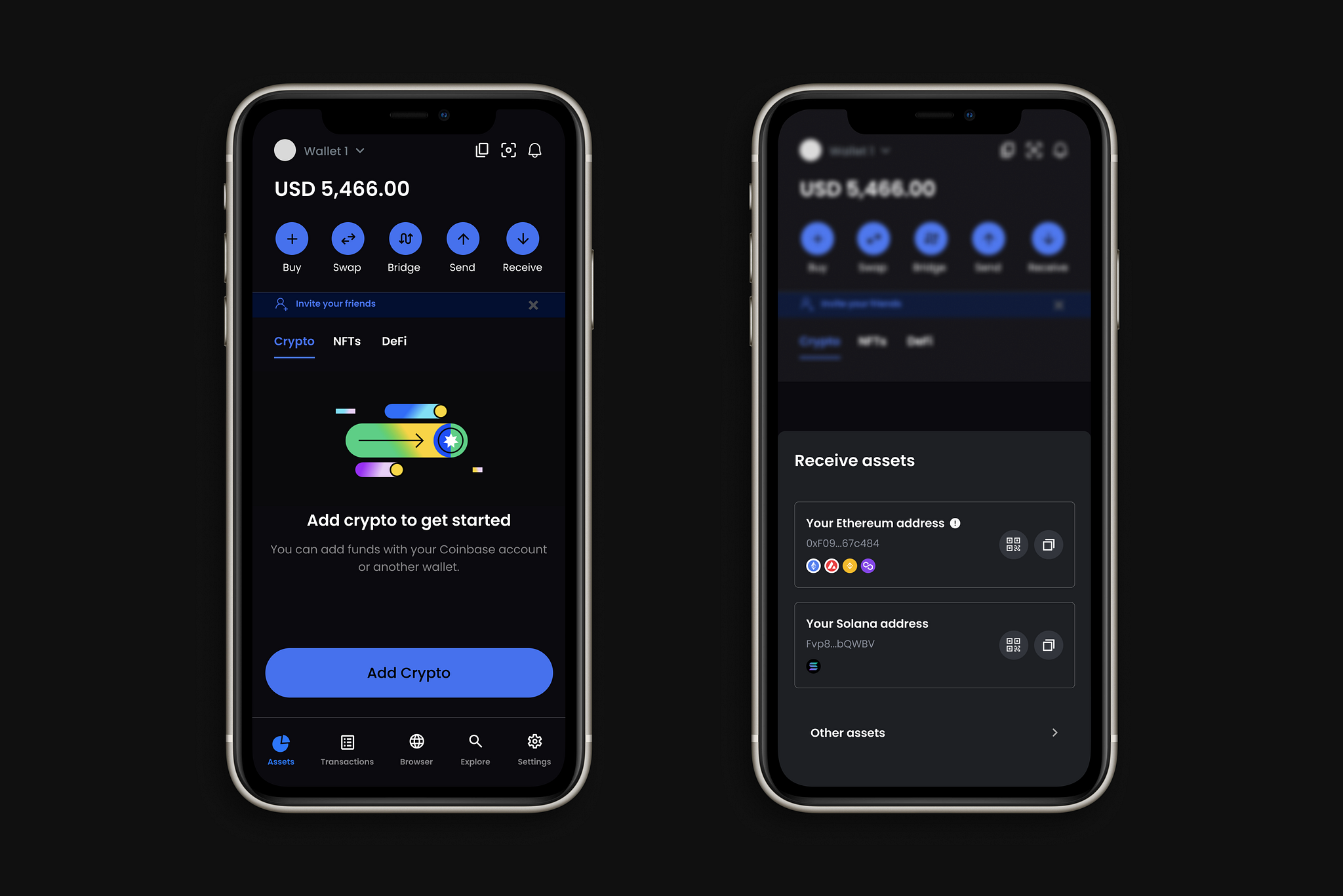
Aggregated Asset Management – Platforms like Coinbase Wallet provide a unified dashboard, letting users track and manage crypto holdings across multiple chains and dApps in one place.
-
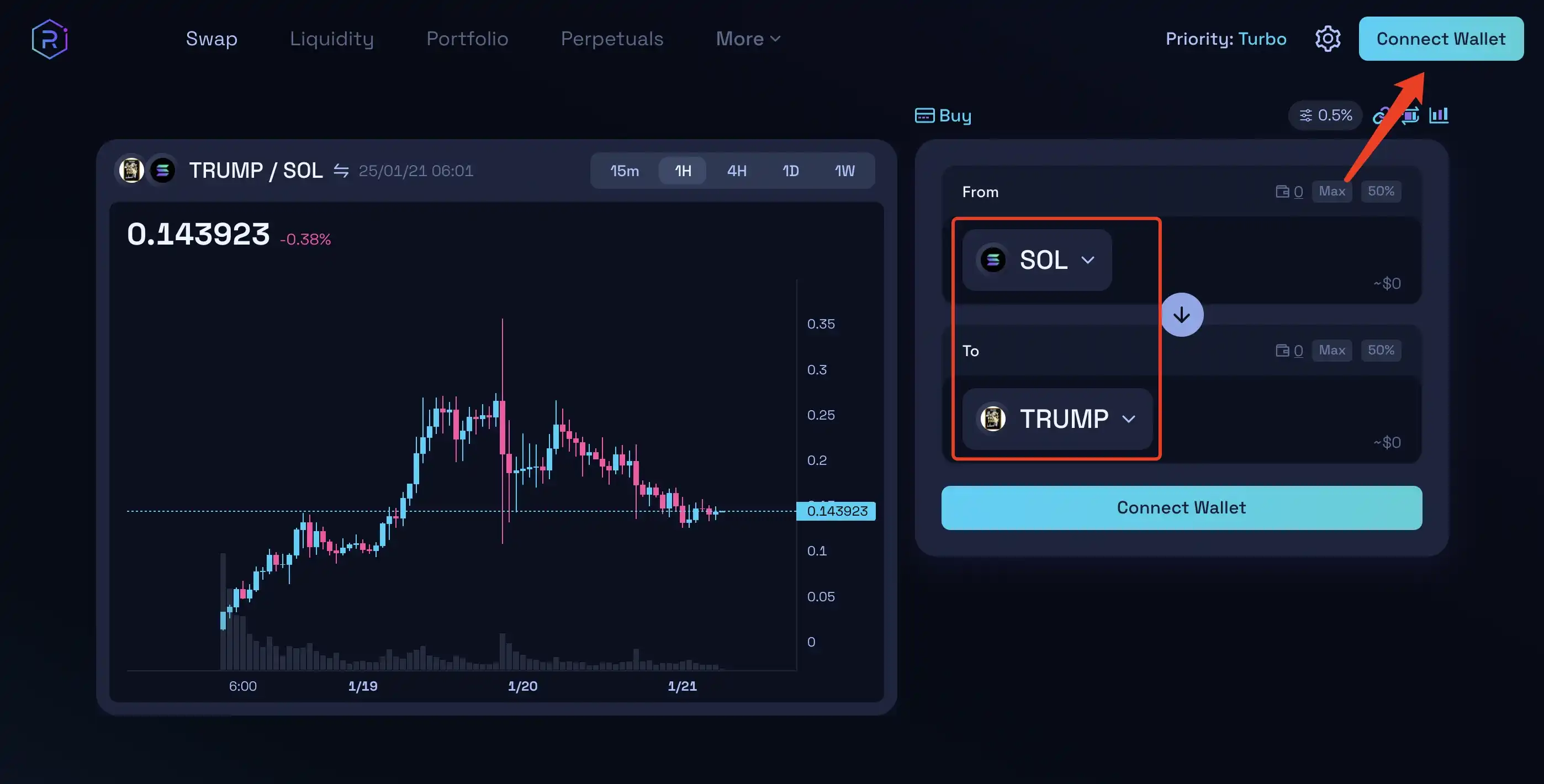
Integrated Cross-Chain Swaps & Native Bridge Routing – Leading wallets such as PUM Exchange and Bitget Onchain offer built-in swap features and automatically find the best routes for cross-chain transactions, simplifying DeFi participation.
-
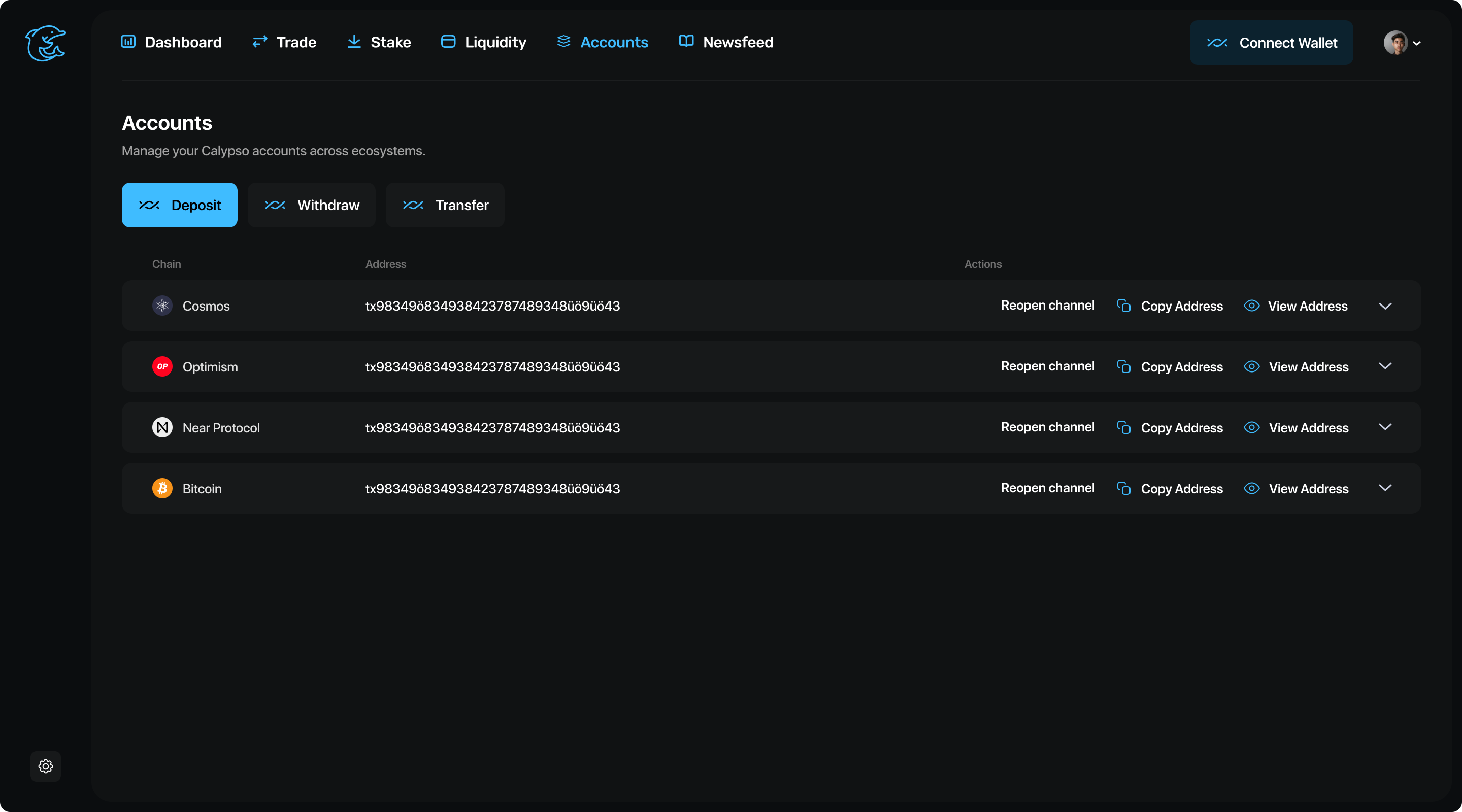
Ultra-Fast USDC Transfers – Agoric & Noble’s Fast USDC integration slashes USDC transfer times from Ethereum to Cosmos from 20 minutes to under two minutes, leveraging advanced orchestration technology.
-
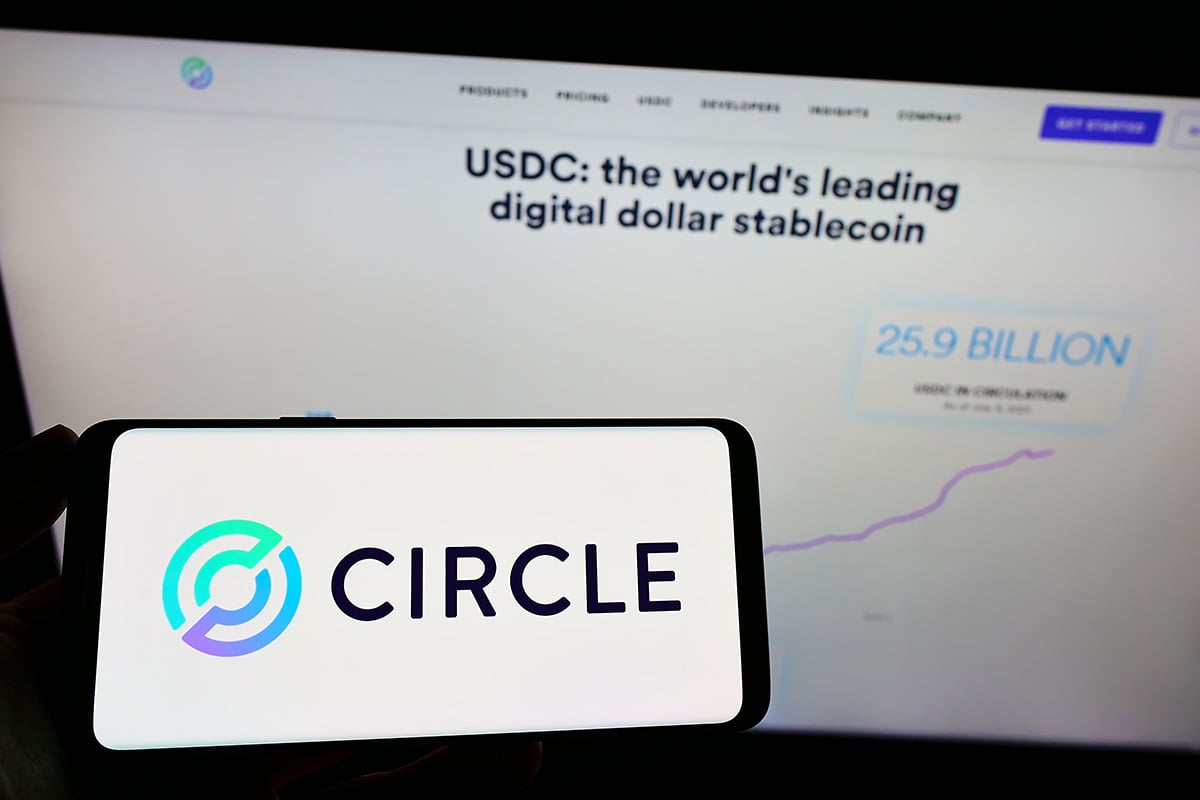
Unified USDC Balances Across Chains – Circle Gateway lets users hold and use a single USDC balance that works instantly across multiple blockchains, boosting liquidity and convenience.
-
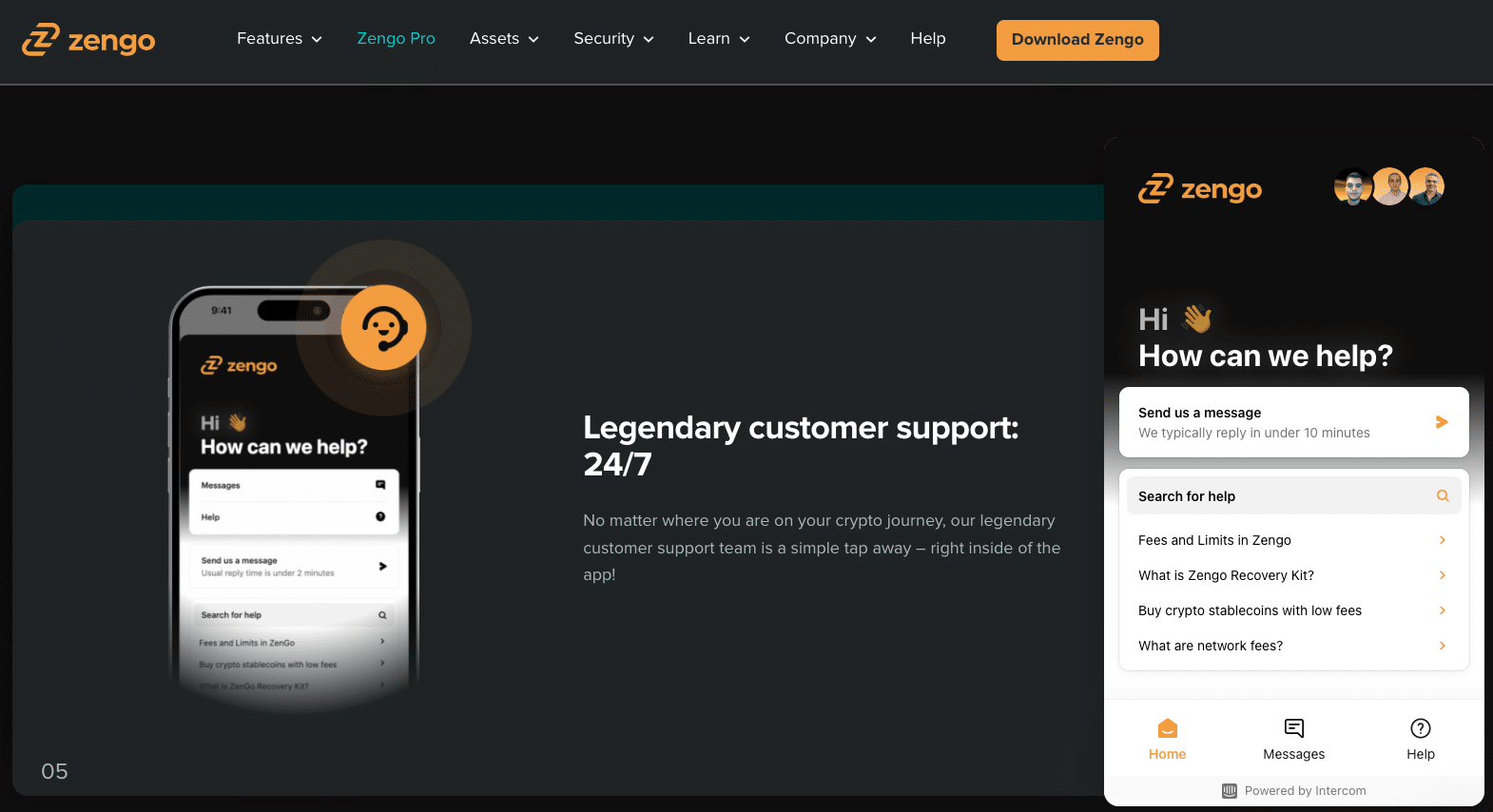
Beginner-Friendly, Non-Custodial Security – Solutions like Zengo and Walletverse offer simple onboarding, biometric authentication, and self-custody, making cross-chain DeFi accessible without compromising on security.
With these tools, users no longer have to worry about which network their assets are on or how to bridge them safely. Everything happens behind the scenes, abstracted away by smart routing and UX design. If you want to dive deeper into how these wallets are transforming DeFi user experience, check out our breakdown on unified wallet innovation.
The End of Network Switching Anxiety
Unified wallets are more than just a convenience; they’re a paradigm shift for DeFi. By eliminating the friction of network switching and asset fragmentation, they open up decentralized finance to a much broader audience. Whether you’re managing Bitcoin, Ethereum, Solana, or Cosmos assets, everything is accessible from one place – no technical gymnastics required.
For power users, this means faster arbitrage and cross-chain yield strategies. For newcomers, it’s a radically lower barrier to entry. The multi-chain wallet experience in 2024 is finally living up to the promise of true chain abstraction UX, where the underlying networks fade into the background and users can focus on what matters: growing and using their assets.
Practical Benefits: Speed, Security, and Simplicity
The impact isn’t just theoretical. Consider the speed boost from Agoric and Noble’s Fast USDC solution, transfers that once took 20 minutes now complete in under two. That’s not just a technical milestone; it’s a game-changer for anyone moving funds between DeFi protocols, trading on multiple DEXs, or simply seeking to avoid the stress of stuck transactions. Similarly, Circle’s Gateway and PUM Exchange’s Unified Multi-Chain Wallet remove the old guesswork around bridge fees and compatibility, letting users swap, send, and manage assets across 30 and blockchains with a few taps.
Security has also taken a leap forward. By aggregating assets and transaction approvals within a single platform, unified wallets reduce the risk of phishing, misrouted funds, and user error. Features like native bridge routing and smart contract audits are becoming standard, giving users peace of mind without sacrificing control. As a result, non-custodial solutions are gaining momentum, with wallets like Walletverse, Trust Wallet, and Exodus leading the charge for beginners and veterans alike.
How to Choose the Right Unified Wallet
With so many options, picking the best unified crypto wallet for your needs can feel overwhelming. Focus on these key questions:
Key Questions to Ask When Choosing a Unified Wallet in 2024
-
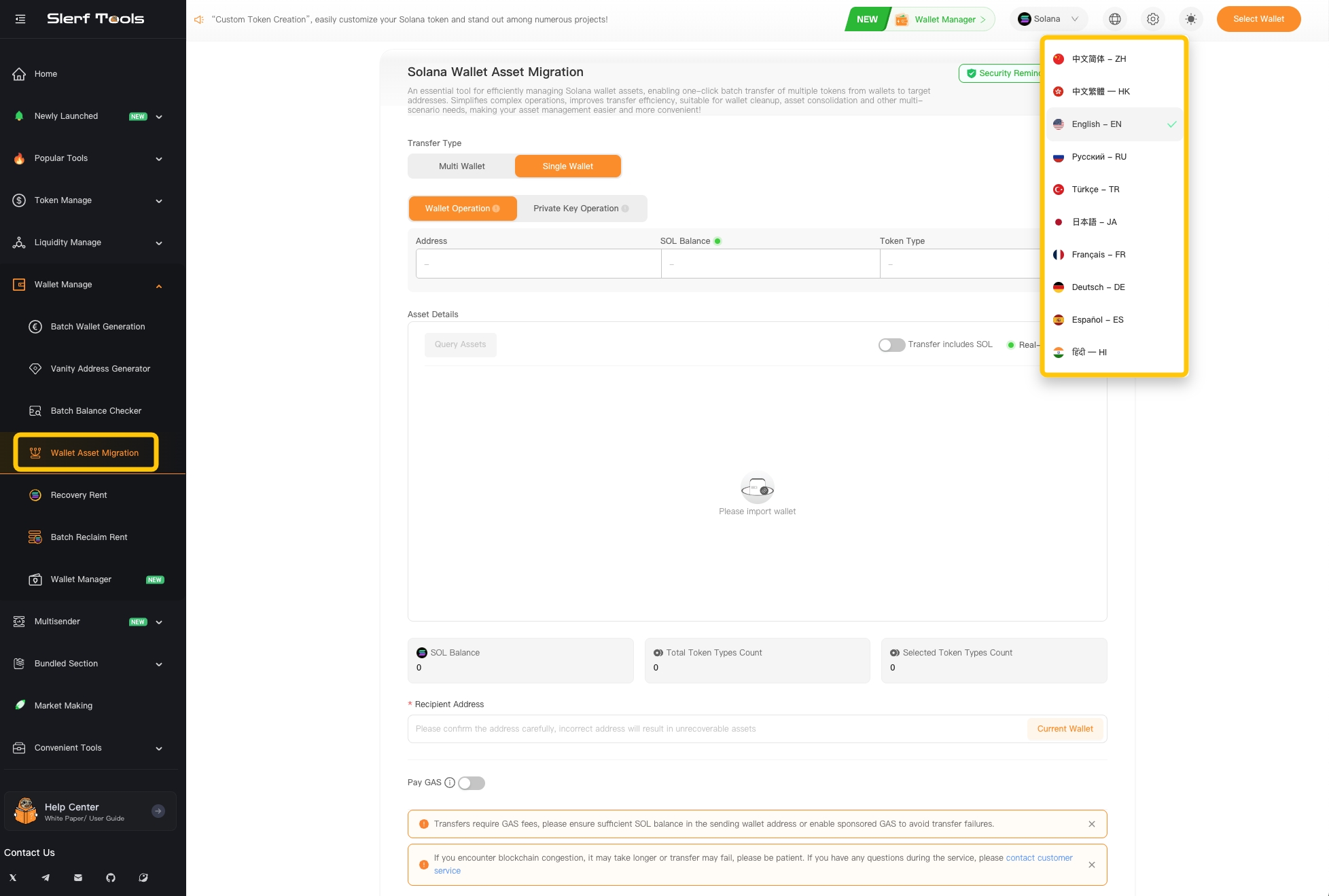
Does the wallet support true cross-chain transfers? Look for wallets like PUM Exchange Unified Multi-Chain Wallet or Circle Gateway that enable seamless asset movement across multiple blockchains without relying on traditional bridges.
-
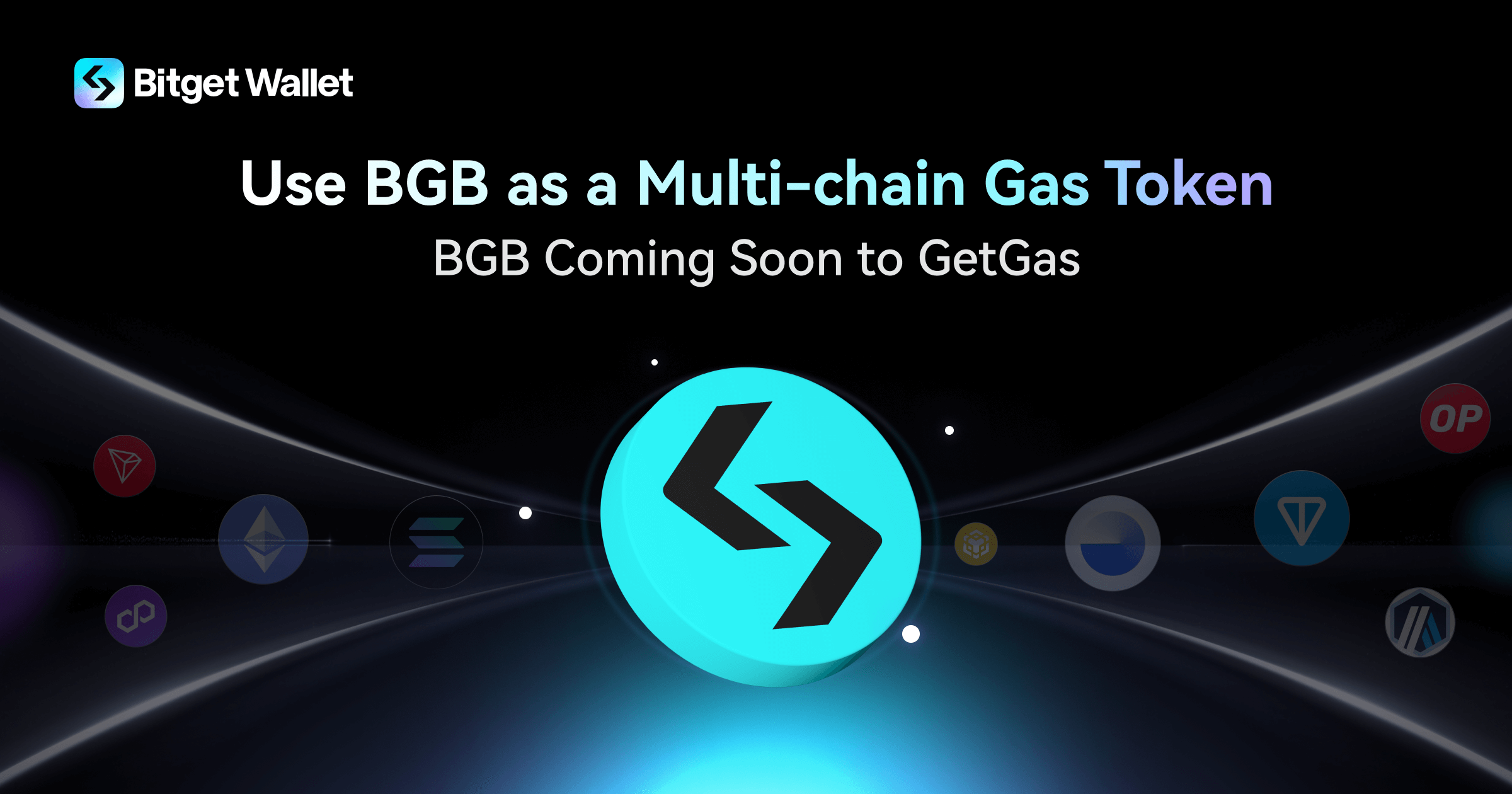
How many blockchains and assets are supported? Confirm if the wallet integrates with major networks such as Ethereum, Solana, BSC, Cosmos, and Base. Platforms like Bitget Onchain and PUM Exchange support 30+ blockchains.
-
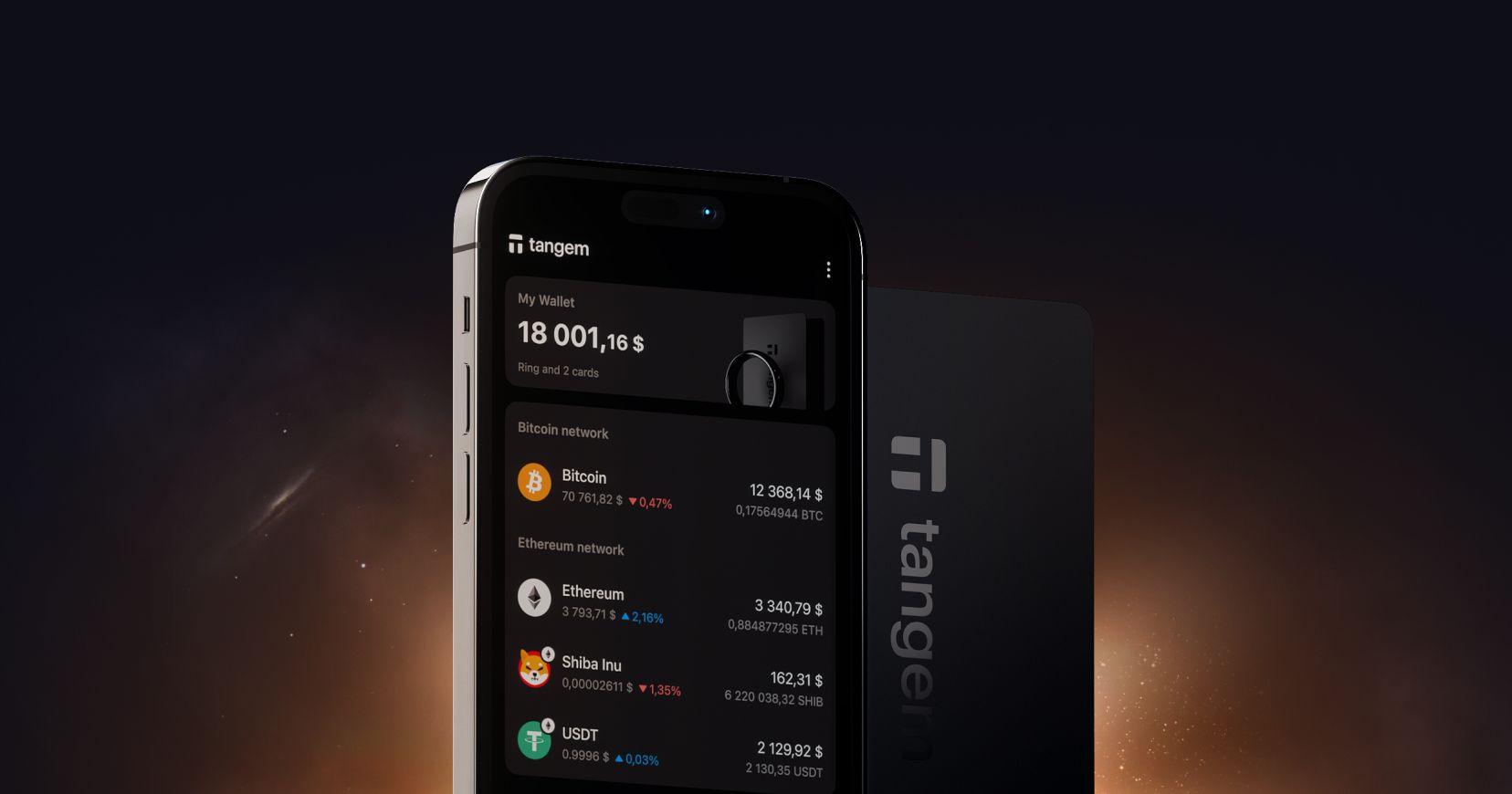
Is the wallet custodial or non-custodial? Decide if you want full control of your keys (non-custodial, e.g., Trust Wallet, MetaMask) or prefer convenience and recovery options (custodial, e.g., Coinbase Wallet).
-
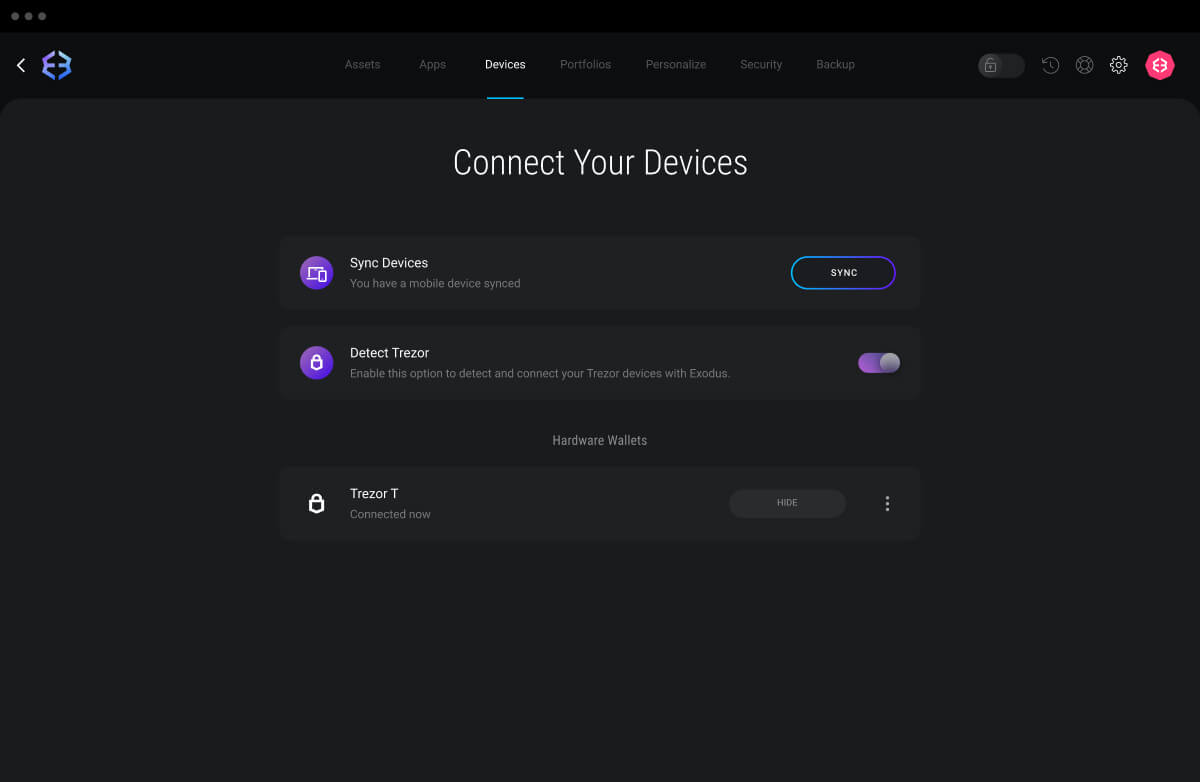
What are the security features? Check for features like multi-factor authentication, hardware wallet integration, and open-source code. Leading wallets like Exodus and Ledger Live are known for robust security.
-
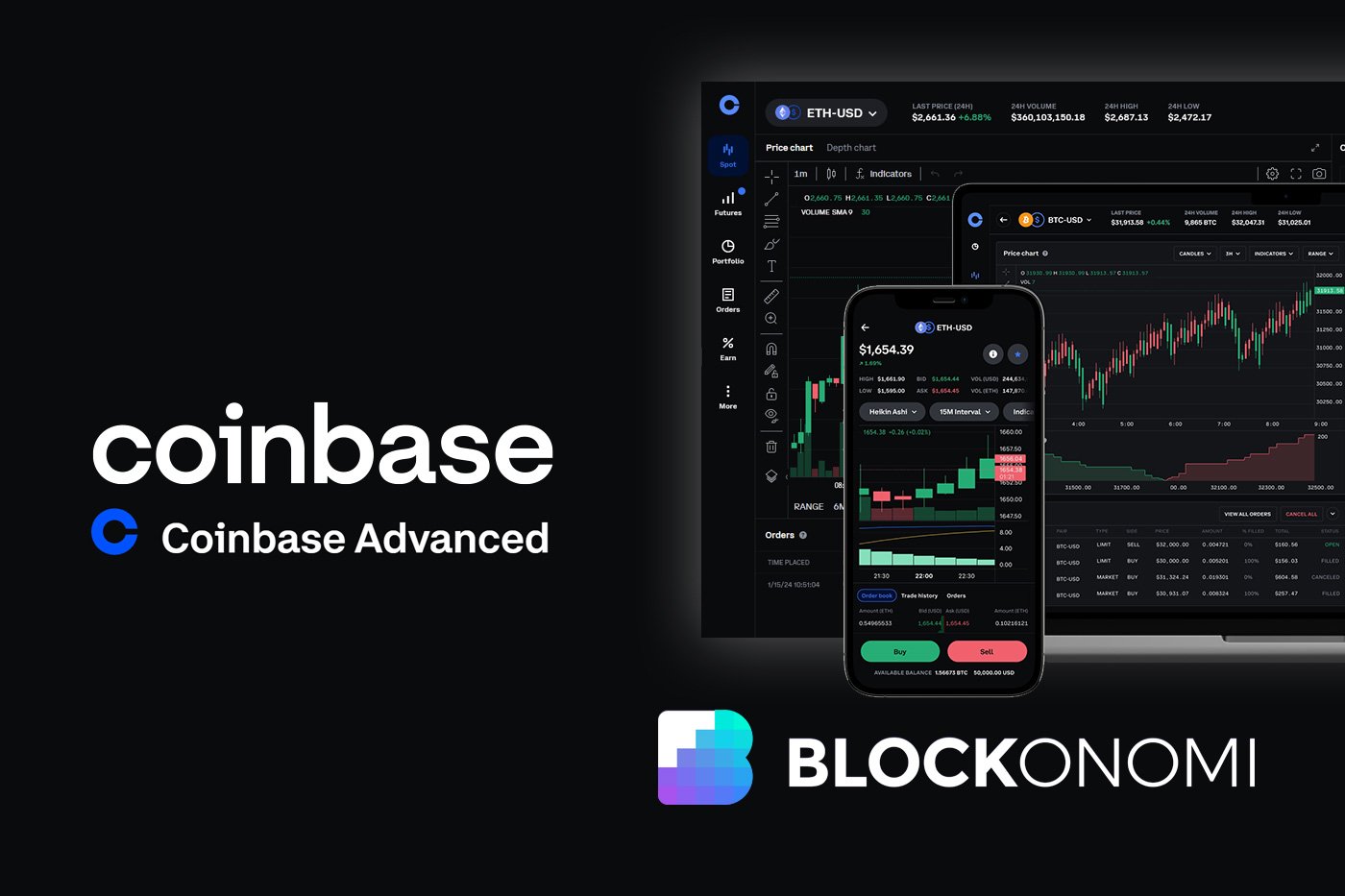
Does it offer aggregated asset views and portfolio management? Wallets such as Coinbase’s new wallet app provide a unified dashboard for tracking assets across multiple apps and chains.
-
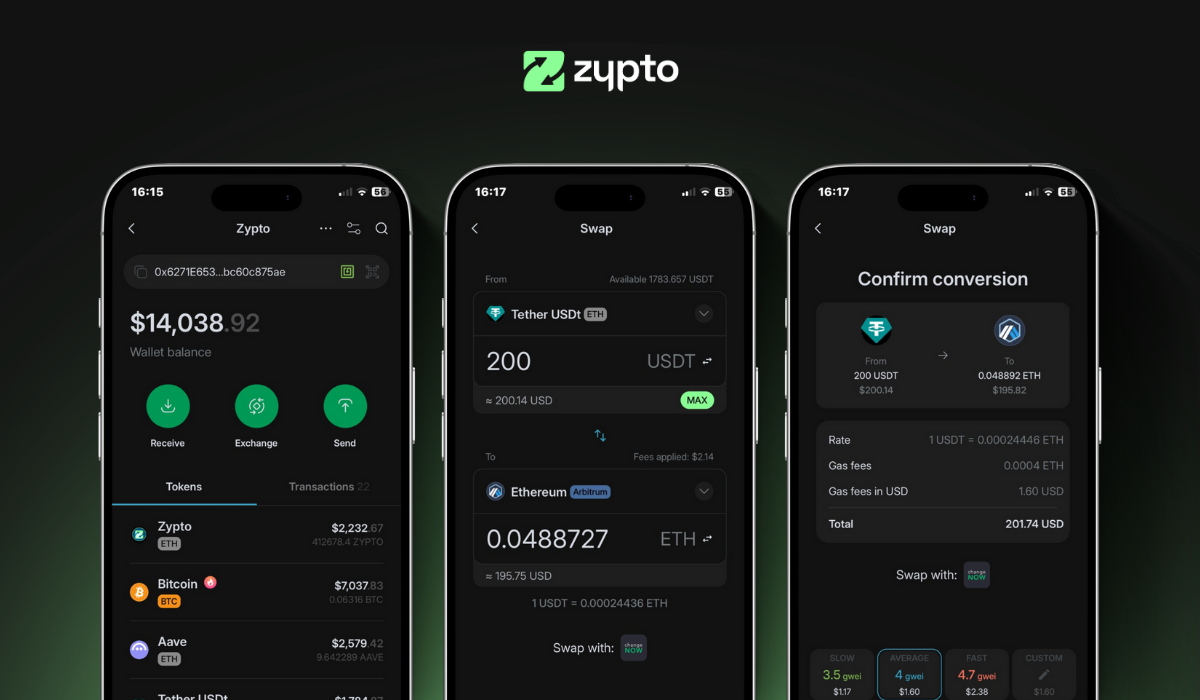
Are cross-chain swaps and bridges natively integrated? Look for wallets with built-in swap and bridge features, like Zypto App or Symbiosis Finance, for effortless asset exchanges.
-
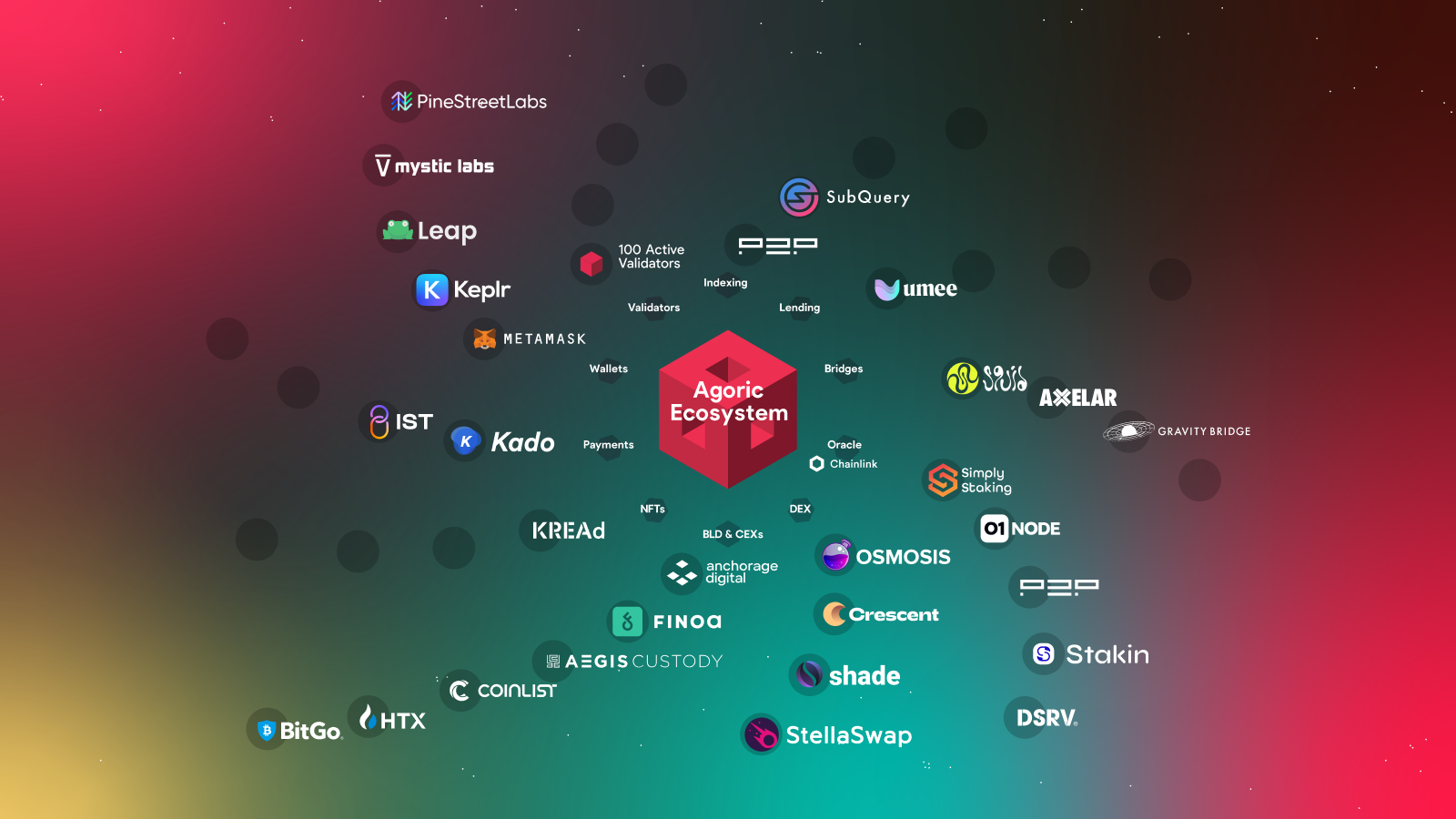
What are the transaction speeds and fees? Solutions like Agoric and Noble’s Fast USDC reduce transfer times to under two minutes—ask if the wallet leverages similar technology and provides transparent fee structures.
-

Is the wallet compatible with DeFi and NFTs? Ensure support for DeFi protocols and NFT marketplaces on major chains. MetaMask and Walletverse are strong choices for broad DeFi and NFT compatibility.
-
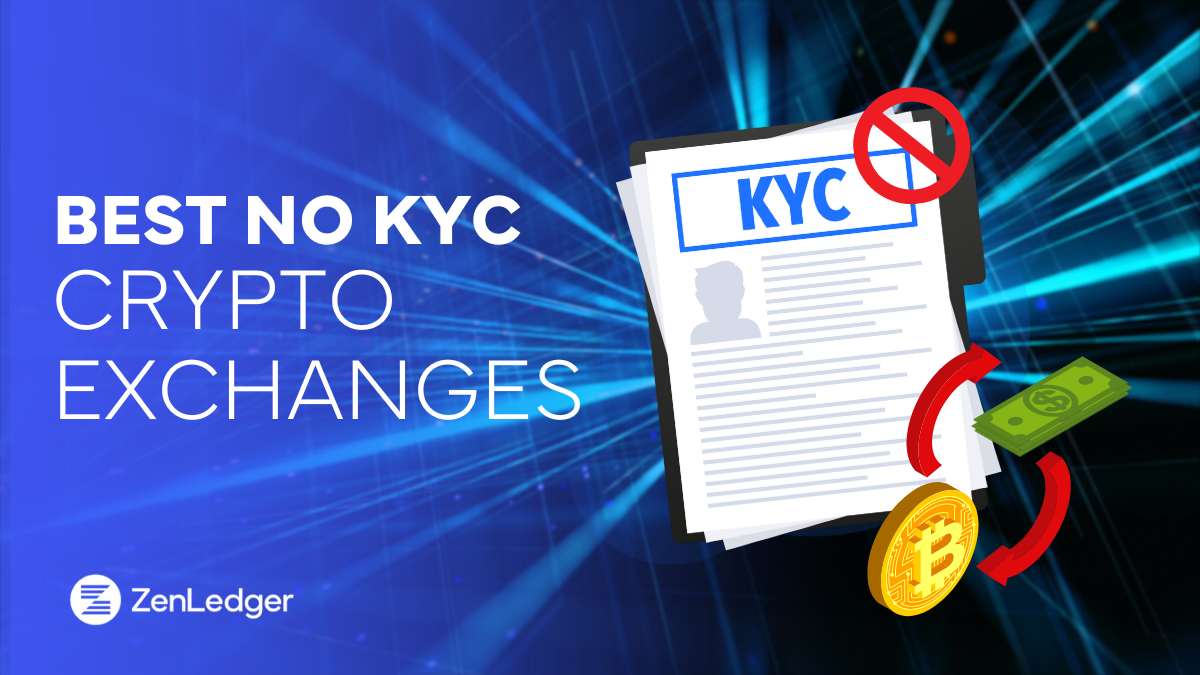
Does the wallet require KYC? Some wallets like Trust Wallet and MetaMask are non-KYC, offering privacy and financial independence, while others may require identity verification.
-
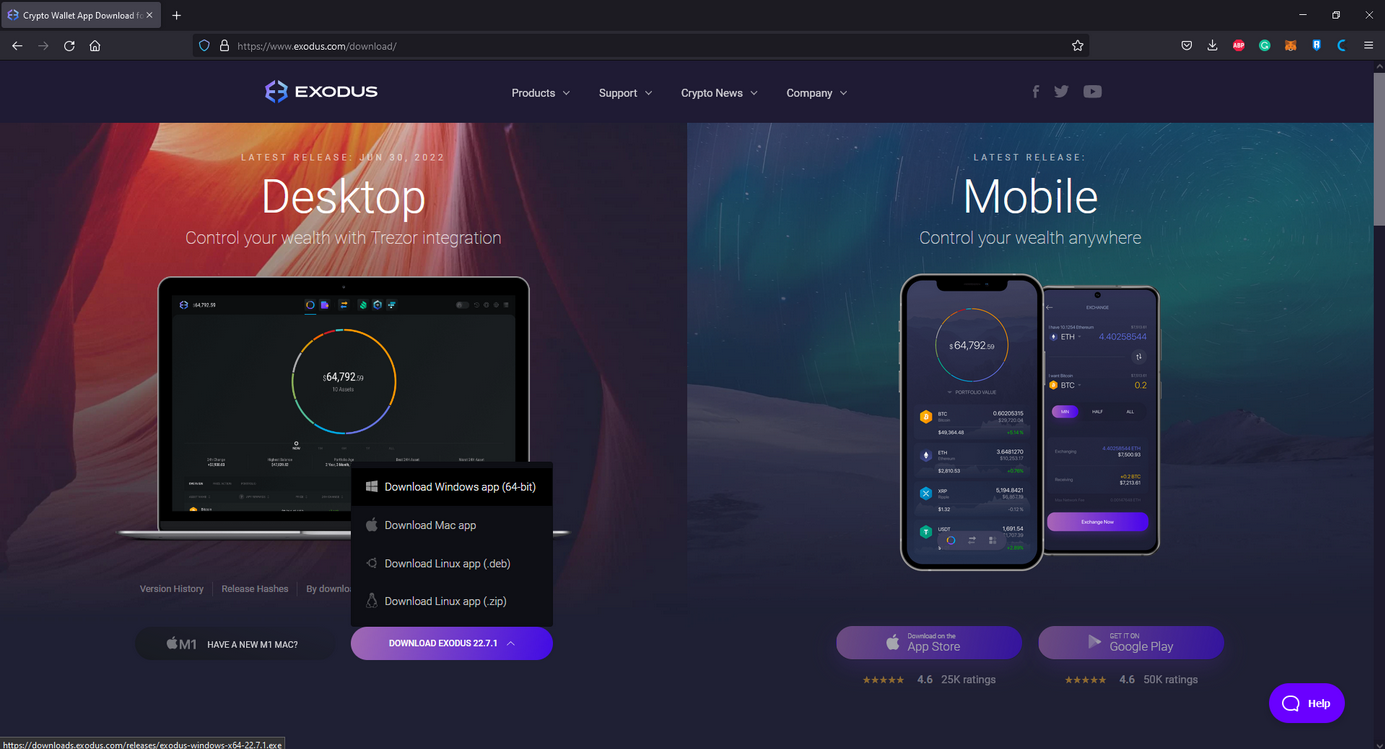
How user-friendly is the interface? Test the wallet’s design and onboarding process. Exodus and Zengo are praised for beginner-friendly experiences.
Look for wallets that support your preferred blockchains, offer robust customer support, and have a track record of quick updates. The top contenders, like PUM Exchange, Coinbase’s new wallet app, and Bitget’s Onchain, combine multi-chain support with user-centric design. For a closer look at how these wallets simplify cross-chain transactions for DeFi users, see our detailed guide on wallet simplification.
The Future of Seamless Crypto Transfers
The evolution of unified wallets is just getting started. As more protocols embrace chain abstraction UX and as standards for interoperability mature, expect even more friction to disappear. Soon, DeFi users may not even need to know which blockchain they’re interacting with, just like sending an email without caring about the underlying servers. This is the vision that’s driving adoption in 2024 and beyond.
Unified wallets are finally making cross-chain transfers as effortless as promised, and they’re shaping the next wave of crypto innovation. Whether you’re a seasoned trader or new to DeFi, there’s never been a better time to explore the power of seamless crypto management.
